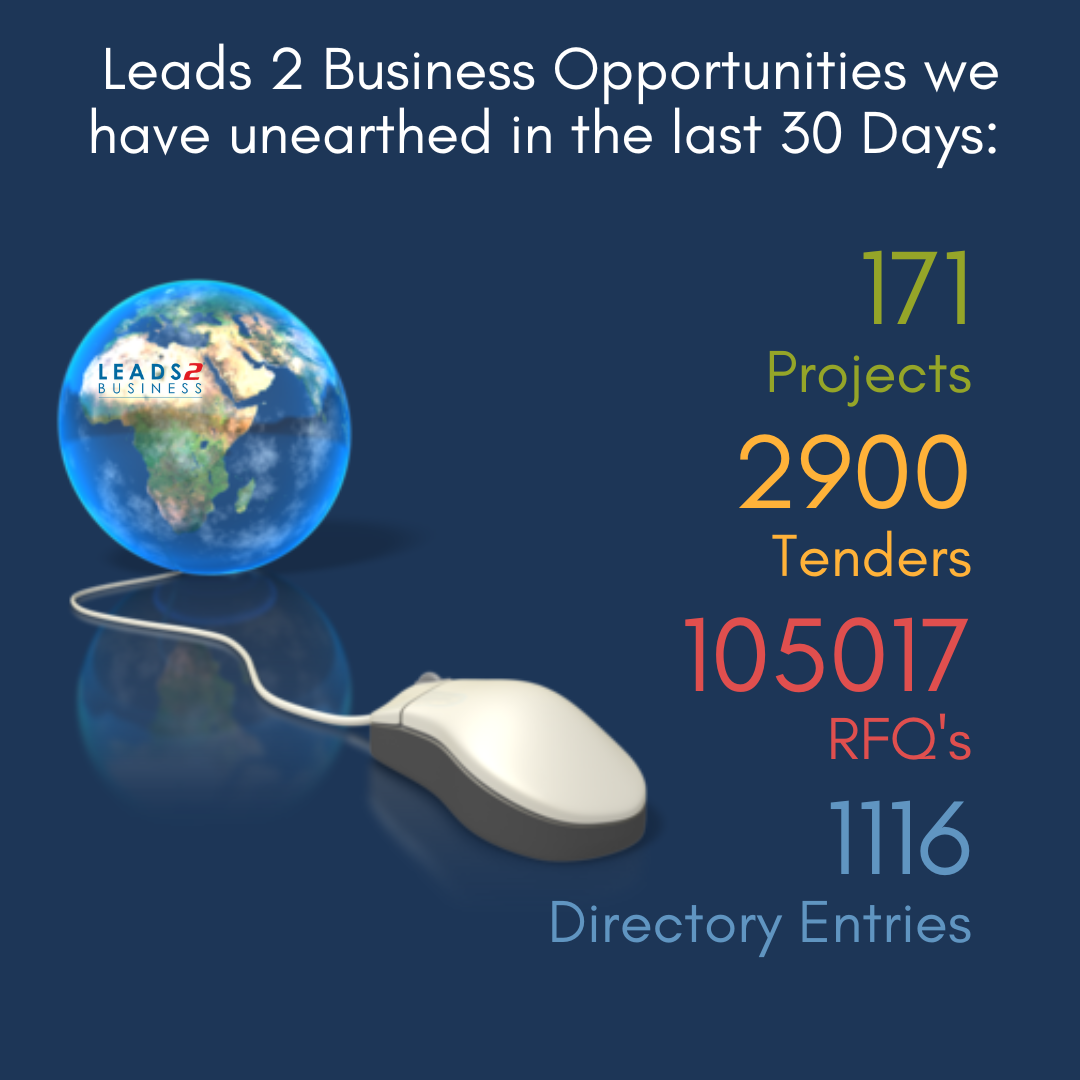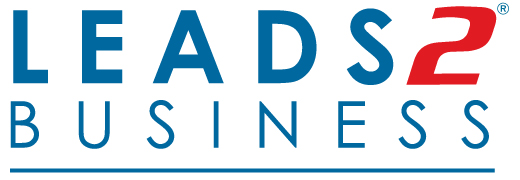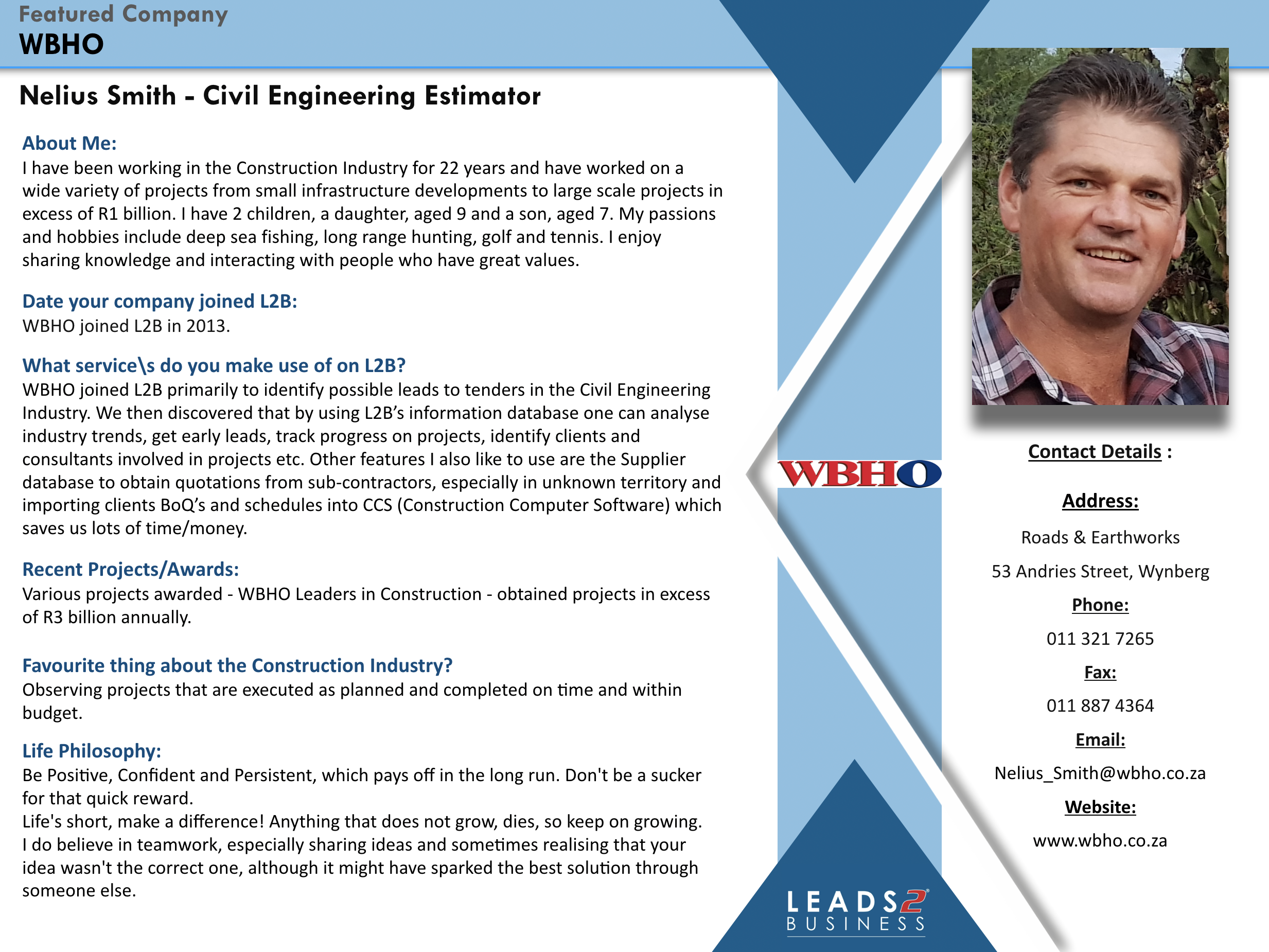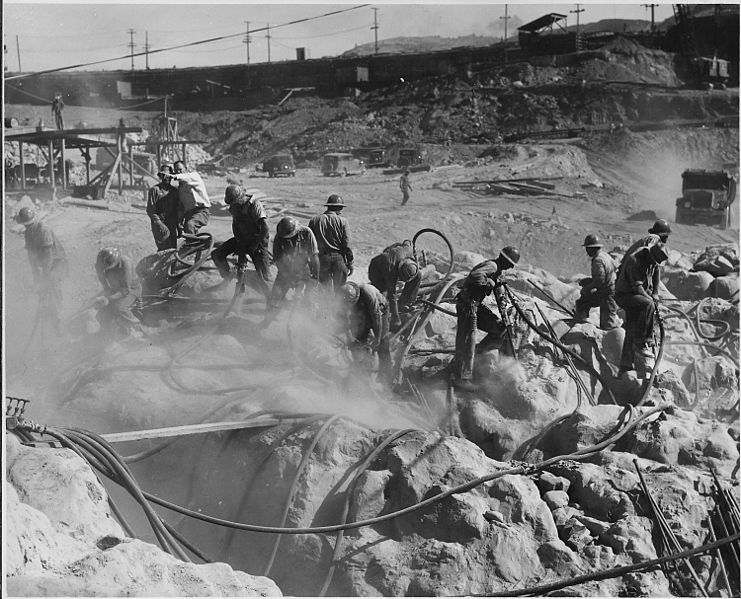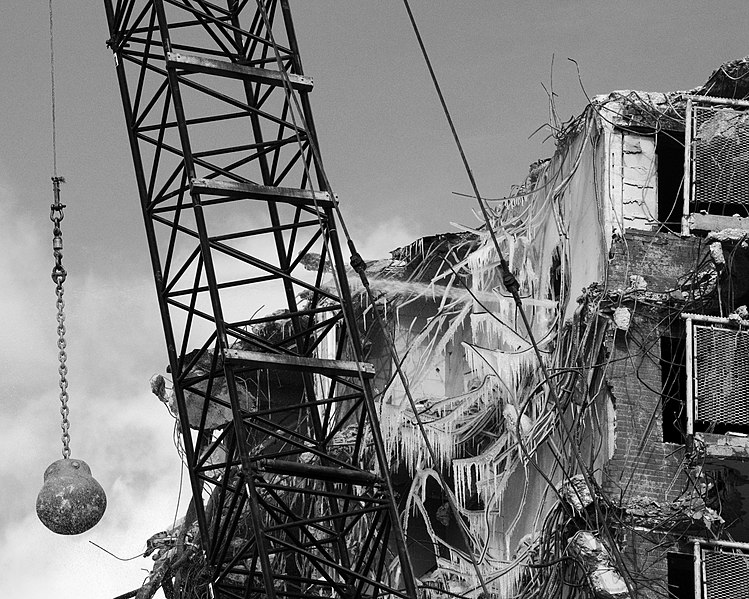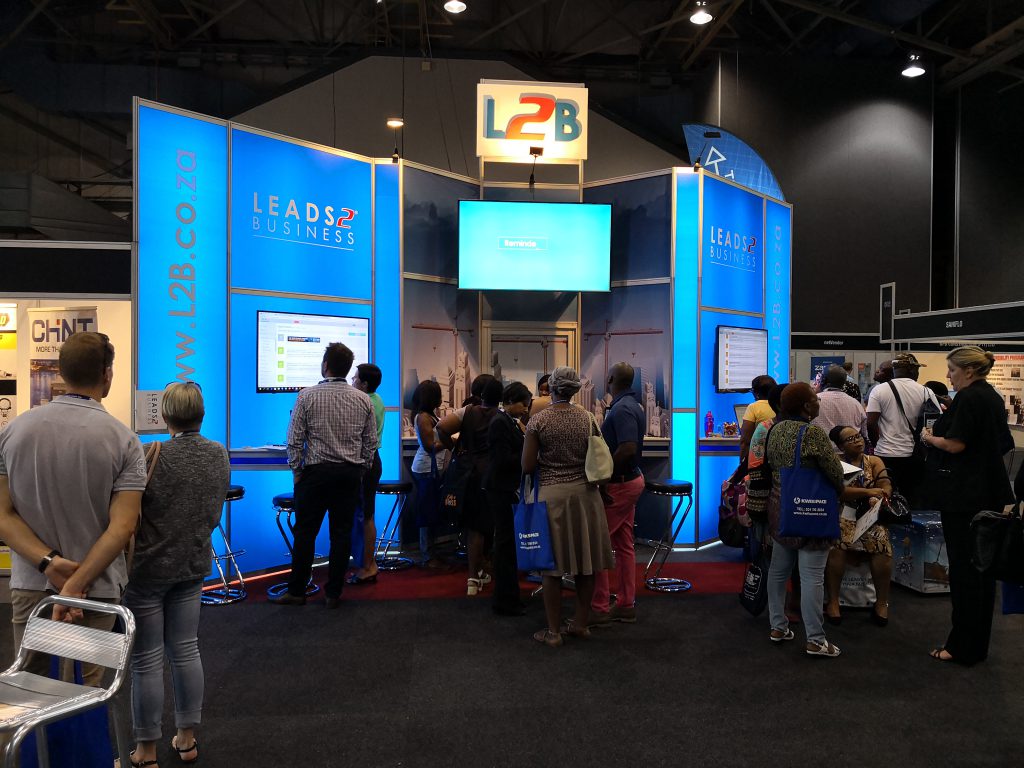
Event:
Meqasa Home & Property Fair
Date:
06 to 07 Apr 2019
Event Location:
Silver Star Tower, Accra, Ghana
Event Description:
“Amazing property deals you can’t miss!”
The meqasa Home & Property Fair offers property seekers the opportunity to meet with the nation’s top real estate developers, home loan specialists and home improvement vendors to help them find their dream homes, office space and real estate related products and services. There will be various opportunities for attendees to meet new people and identify those leads that are specifically relevant to their businesses.
Event Details:
Website
Event:
Nigeria Energy Forum
Date:
09 – 10 Apr 2019
Event Location:
Admiralty Conference Centre, Lagos, Nigeria
Event Description:
The Nigeria Energy Forum set to upscale the development of sustainable energy services for all through a capacity building, training and development programme for policymakers, business leaders, energy innovators, professional engineers, industry experts and academics in Nigeria and other African countries.
Contact Details:
Tel: +44 777 458 2543
Email: info@thenef.org
Event Details:
Website
Registration
Event:
East Africa Property Investment Summit
Date:
10 to 11 Apr 2019
Event Location:
Radisson Blu Hotel Nairobi Upper Hill, Nairobi, Kenya
Event Description:
The East Africa Property Investment Summit is a leading property event for the entire region’s real estate market. Driven by passionate professionals, fast-growing economies and exciting projects, the real estate sector provides potential and opportunity for the educated and savvy investor or developer.
Contact Details:
Tel: +27 (11) 250 2260
Email: info@apievents.com
Event Details:
Website
Registration
Event:
Kenya Homes Expo
Date:
11 to 14 Apr 2019
Event Location:
Kenyatta International Convention Centre, Nairobi, Kenya
Event Description:
The Kenya Homes Expo is the region’s biggest homes show. Targeting the entire African region with a major focus on East & Central Africa, the Kenya Homes Expo is an experiential platform that creates a level ground for real estate players to converge with a ready market for land, homes, financial advice and general real estate information. We are the heartbeat of East & Central Africa, the authoritative voice of the real estate market. Exhibitors ranging from landowners, realtors, contractors, landscape artists, to interior design companies and insurers and bankers, we successfully deliver eye-opening and innovative shows for the real estate industry.
Contact Details:
Tel: +254(0)72 522 5650
Email: info@kenyahomesexpo.com
Event Details:
Website
Registration
Event:
BotsReal Property & Infrastructure Forum
Date:
09 May 2019
Event Location:
Peermont, Gaborone International Conference Centre (GICC), Gaborone, Botswana
Event Description:
BotsReal Property & Infrastructure Forum will facilitate the platform for both private and public investors, developers and industry professionals, to network, debate and examine issues and opportunities around the countries property & infrastructure sectors. Through API Events’ regional network, the event will also attract international companies and investors looking for opportunities in Botswana as well as potential partners, suppliers and service providers.
Contact Details:
Tel: +27 (0)11 250 2260
Email: registrations@apievents.com
Event Details:
Website
Registration
Event:
Mining Investment Conference & Exhibition Botswana
Date:
21 to 22 May 2019
Event Location:
Peermont, Gaborone International Conference Centre (GICC), Gaborone, Botswana
Event Description:
Mining Investment Conference & Exhibition Botswana is a strategic mining conference and exhibition for the leaders of the mining, quarrying and construction materials industries, bringing together attendees from countries.
Contact Details:
Tel: +65 6717 6016
Email: enquiry@spire-events.com
Event Details:
Website
Registration
Event:
Mining Investment West Africa
Date:
28 to 29 May 2019
Event Location:
Swiss Spirit Hotel & Suites Alisa Accra, Accra, Ghana
Event Description:
The Mining Investment West Africa is a strategic mining conference and exhibition for the leaders of the mining, quarrying and construction materials industries, bringing together attendees from countries. Ministers, mining companies, investors and service providers travel from all over Africa, Asia, North America, Europe and Middle East for two days of partnering, networking and business matching. Join us at an invaluable platform to seek new partnerships, new business and new opportunities.
Contact Details:
Tel: +65 6717 6016
Email: enquiry@spire-events.com
Event Details:
Website
Registration
If you are interested in becoming one of our subscribers, please visit Leads 2 Business.
To view notes with screenshots on how to use our website, please visit Leads 2 Business Wiki.
To view more Events, please visit our Leads 2 Business Blog.
Millennial Mom + wife living the hash-tag life.
Reach out if you want to talk: L2B, social media, construction, technology, marriage, parenting, popular culture and travel.
Remember: If You Fail - Fail Forward
